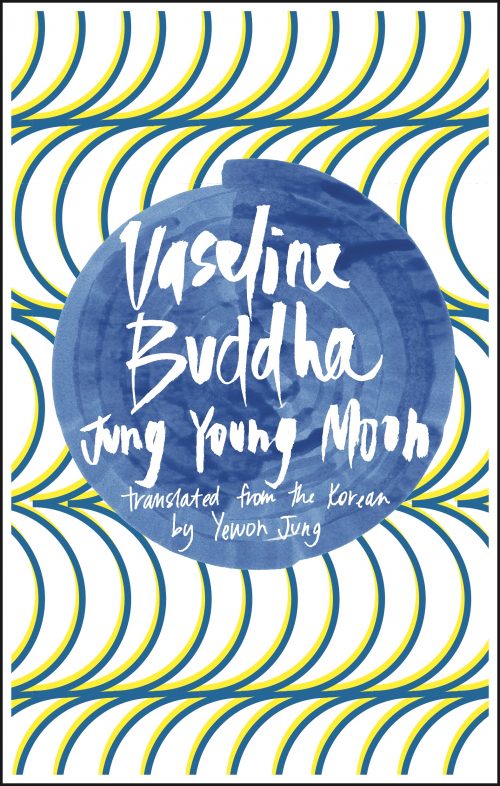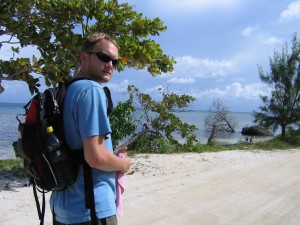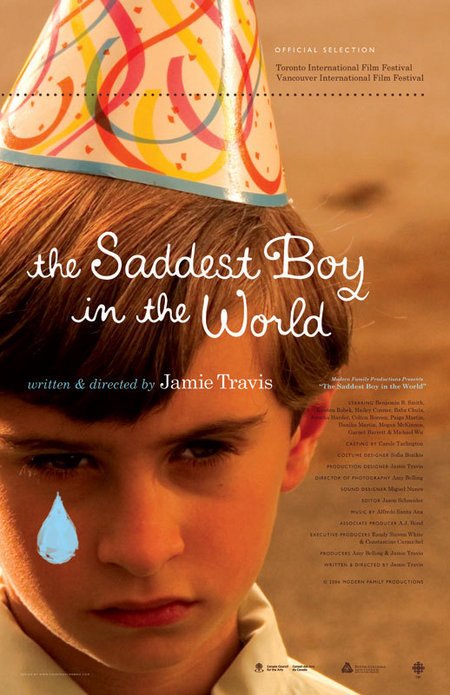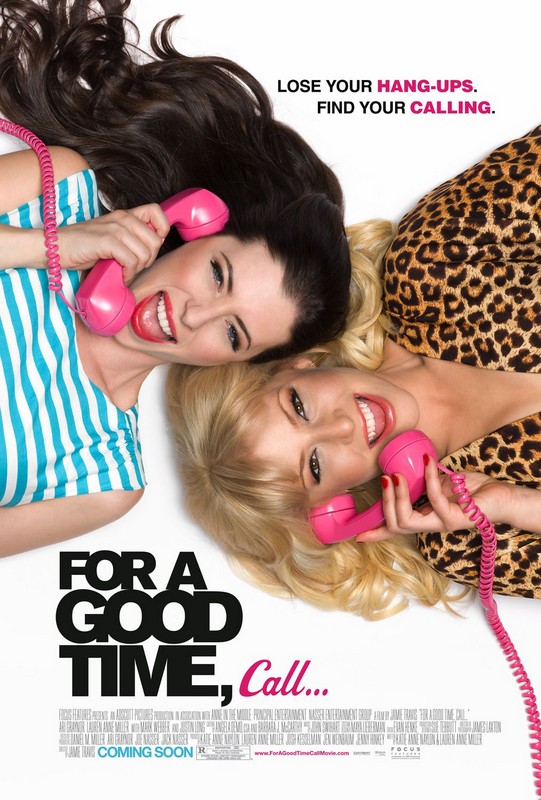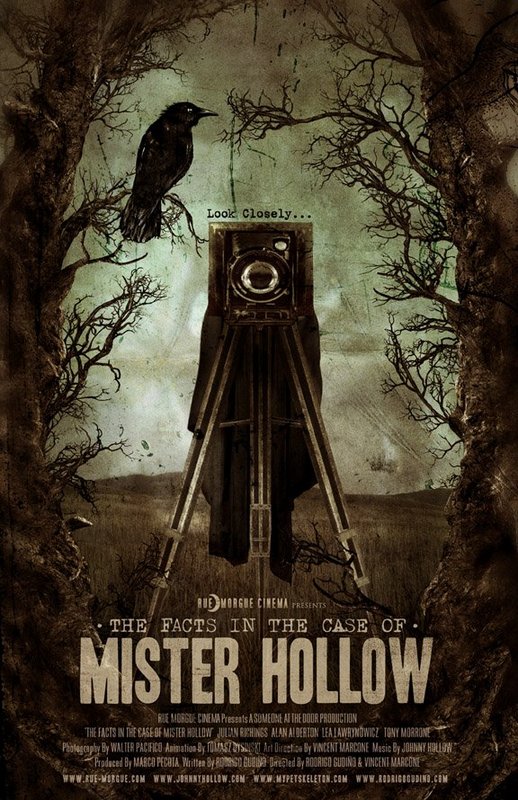
Meditative, challenging, narratively haywire and comic…the thoughts and memories of a man whose life for some time now “has been a long and difficult and tedious yet pleasant struggle against realism.” —Jason DeYoung
Vaseline Buddha
Jung Young Moon
Translated by Jung Yewon
Deep Vellum, 2016
$ 14.95
.
What lies at the source of thought, the nameless narrator of Vaseline Buddha asks, what do you finally reach when you cast thought back to its source, “like a fish that swims upstream”? Nothing, he promptly tells us, nothing is to be found at the source of thought. The source of thought is just more empty thoughts, “just as nothing lies at the source of everything.”
Meditative, challenging, narratively haywire and comic, Vaseline Buddha is an enigmatic, time-bending odyssey through one man’s thoughts and memories. But these are the thoughts and memories of a man whose life for some time now “has been a long and difficult and tedious yet pleasant struggle against realism.” Can we trust what he tells us? No, as he often explains at the end of his stories, some things really happened, others didn’t, or perhaps did happen but at a different time, which he manipulates through narrative into happening simultaneously with other events. “How easy is it for such words to be without truth?” This Vaseline Buddha, it’s slippery.
Described as South Korea’s tallest, most handsome author—just look at the introspective guy above, and that hair!—Jung Young Moon was born in 1965. His literary debut was in 1996 with A Man Who Barely Exists, a title that hints at another character staring down the liminal. He has since published several novels and collections of short fiction, and he has translated nearly forty books by such authors as John Fowles, Raymond Carver, and Germaine Greer. Vaseline Buddha is the first novel of Moon’s to come out in English this year: Dalkey Archive Press will release A Contrived World soon. Dalkey Archive also released a mesmerizing short story collection by Moon called A Most Ambiguous Sunday in 2014. This collection was my first experience with Moon’s work and I remember being beguiled by how uncommonly strict and topographically flat his prose read, and how confidently he wrote about boredom and doing nothing and made it work. Here’s passage from “The Afternoon of the Faun”:
I felt bored, and thought dimly that boredom was saturated in nature and was one of nature’s primary characteristics, and thus what a person would feel when they became a part of nature; I had the vague thought that the boredom of nature was different from the boredom of the city, the streets, or the house, because out of all the various types of boredom, the boredom of nature gives you the most dense and intense feeling.
Vaseline Buddha, fresh out from Deep Vellum, is also about ennui, as much of Moon’s work is. It opens with the narrator (who is also a professional translator) sitting on his windowsill, thinking about writing a story, when he sees a thief attempting to climb into a window. The thief is startled, falls, and runs off. This incident is the inspiration that starts the meditative text that then runs for 226 pages and begins with: “For some time, I’d been in a constant state of lethargy… But an urge to write was awakened within me as if the thief, who went away without actually doing anything, had done something to me…The vague stories that I’d tried to write down but had escaped me began to blossom little by little, and I wanted to give them a vague form that suited them.”
His vague form, in the end, is circular. Vaseline Buddha is written presumably over the course of a year, starting in summer and wrapping up in late spring. Images that appear in the beginning reappear at the end, and in between there is always this push toward not making meaning or of writing something without substance. It is these things, those without substance, which “exerts the greatest influence” on narrator’s life, hence he sees no option but “to clumsily write something without substance.”
Parts of Vaseline Buddha read like automatic writing, wandering associatively topic-to-topic, while other parts are clearly designed to feed into the narrator’s intention, such as his mediation on the following line of poetry from John Hollander’s “Coiled Alizarin”—“Colorless green ideas sleep furiously.” The line, we are told, is an example of a grammatically correct sentence “that has a logical form but makes no semantic sense and thus has no intelligible meaning, and can be discussed at different levels.” This idea of something that’s logical in form yet without intelligible meaning is what the narrator of Vaseline Buddha is after.
So what comprises a non-novel novel? The narrator would like for you to think that there’s no structure to this work, a work he would like for you enter and “get lost, like setting foot in a world from which you can’t extricate yourself.” But there are clear repetitions and patterns at play here that, yes, deny the design of the conventional novel, but function as stand-ins for traditional form.
Take for instance the overall plot, which is to write something without substance. He’ll return to make this point in various ways, reiterating it, reflecting on how he’s doing. The subplots of Vaseline Buddha, in turn, are stories meant to demonstrate or exercise this wish for senselessness. They include philosophical discussions about the nature of writing and reality, travelogues that are intentionally pointless and meandering, description of the narrator’s dizziness and the rooms he lies in while trying to recover, asides and fantasies about animals for which the narrator is particularly drawn, various and unsatisfying encounters with women, and the narrator’s fondness for Paul Morrissey’s Trash, a movie that he watches “without an expectation,” and shows him “how powerful saying nothing could be,” and becomes one of the best movie he’s seen.
Trash, Paul Morrissey (NSFW)
Among the eclectic comic tales in the novel which range from Yasser Arafat’s affection for Tom & Jerry, a farting German woman on a trampoline, and a turtle-licking cow is an existential seriousness. “[T]here were no grounds for my existence anywhere,” says the narrator, “the idea that everything in existence existed by accident, that inevitability was only a part of a tremendous accident, was something I could never shake off, and made my life so difficult, and yet so easy.” In addressing this difficulty and ease, he ends up overloading the novel with the “everyday,” with the stuff of his existence, with the banalities of his life, in an effort to show how most of life is fairly pointless. The title itself is part of this spew of life-stuff. Toward the end of the novel, a friend gives the narrator a cheap wooden[1] Buddha statue which the narrator suddenly has the cockamamie thought of covering in bandages and Vaseline, which he then thinks would be a good title for what he has been writing. All these vague little stories and thought about writing, he thinks, could be titled Vaseline Buddha—”the name was something that could be given to something indefinable, something unnamable, and also meant untitled.” It sounds good, but its meaningless, empty, just the sort of things that would go above some vague text.
Vaseline Buddha never gets too deep into Buddhist teachings, or at least not in a direct way like when when the narrator starts going on about Wittgenstein, whom he admires for his gardening. But there is definitely Buddhist thought at play, especially when the narrator writes about accepting all human emotions and the nature of reality, which might be beyond the grasp of our linear vocabulary:
I imagined creating a self-contained world of my own in which communication was impossible and unnecessary. Perhaps the very thing that constitutes a person’s inherent nature is something that can’t be understood by others. Only the thoughts that I couldn’t share in their entirety with another person seemed to be my genuine thoughts. I thought that the emphasis on communication, rampant among people and even forced upon them, was so excessive that, in a way, it kept a man from squarely facing the fact that he was, in the end, alone.
Eastern and Western philosophies merge in this text, and echoes can be heard of Wittgenstein’s “The limits of my language mean the limits of my world” and Dōgen’s admonition “If you want to travel the Way of the Buddhas and Zen masters, then expect nothing, seek nothing, and grasp nothing.” What the narrator seems to be saying is that the life is is important, and it isn’t. It’s meaningful, and it isn’t. The novel is important, and it isn’t. It’s perhaps best to accept these duel natures.[2]
A lot of the publicity materials around Moon’s work call him Korea’s Beckett, and tag his work Kafkaesque, which is true, but the influence of Thomas Bernhard (without all the disgust and aversion) can be felt too. The novel is marked by a hyper-precise language that often wrest the surreal from the weary reality of its narrator, and translator Yewon Jung deserves credit for a masterful translation of what is presumably difficult Korean into English sentences that boldly loop and twist:
I kept on thinking that I should, not submitting to it, in a way, commit an atrocious act of some kind. But it helped to have had my fill of such undesirable thoughts about swans. By having various thoughts about swans, I could keep myself from actually doing something to them. Thinking a lot about something was a great way to keep yourself from carrying your thoughts out into action, although, of course, it depended on the way you thought. By thinking a certain thought, you could think that you’ve carried the thought out in action, or done something more.
Jung Young Moon’s work is remarkable for its eccentric modes of thought and how it tests the limits of the novel and our notions of what fiction can do. It looks beyond the basic form and asks important secondary questions of where fiction is left to go. It also reveals crisply the cryptic nature of everyday life, which if examined with deep seriousness, will inevitably lead to deep absurdity—and that makes its futility somewhat pleasing.
—Jason DeYoung
Jason DeYoung lives in Atlanta, Georgia. His work has appeared or is forthcoming in numerous publications, including Booth, Corium, The Austin Review (web), The Los Angeles Review, New Orleans Review, Monkeybicycle, Music & Literature (web), 3:AM, and Houghton Mifflin Harcourt’s Best American Mystery Stories 2012. He is a Senior Editor at Numéro Cinq Magazine.
